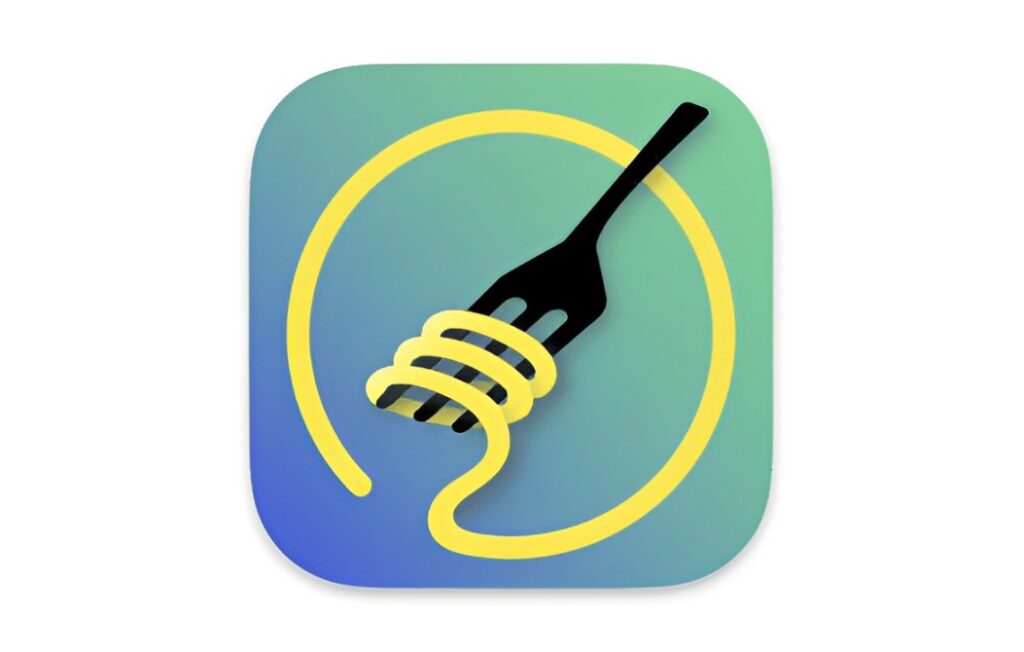As technology evolves, managing device battery health becomes crucial to maximize performance and extend the longevity of your gadgets. Aldente, a popular app for macOS, has gained traction for its ability to limit charging and optimize battery health. However, if you’re searching for an iPhone alternative or want to learn more about how to manage charging on a Mac, this guide is for you.
What is Aldente?
Aldente, as defined by its developers and tech enthusiasts, is a macOS utility designed to prevent your Mac’s battery from charging to 100%. While full battery charging may seem ideal, constantly keeping your battery at 100% can contribute to wear and tear. Lithium-ion batteries, commonly used in Macs and iPhones, deteriorate faster when frequently charged to maximum capacity. By setting a charging limit, Aldente helps prolong the life of your Mac’s battery, ensuring your device performs better for a longer time.
The Need for an iPhone Alternative to Aldente
While Aldente provides great control over your Mac’s battery, iPhone users have long wondered if a similar app exists for iOS. Unfortunately, iPhone users don’t have an exact alternative to Aldente due to Apple’s closed system, which restricts access to the deeper levels of the OS required to control battery charging. However, there are certain built-in settings and work arounds that can help you achieve a similar result on your iPhone.
How to Set Charge Limit on Mac
One of Aldente’s key features is its ability to set a charge limit, which can be particularly useful if you often keep your Mac plugged in. Setting a charge limit reduces strain on the battery, helping it maintain optimal health. Here’s how you can do it with Aldente on your Mac:
Download and Install Aldente: You can download Aldente directly from the official website, Apphousekitchen.com. Once installed, you’ll have access to several battery management features.
Set the Charge Limit: After installing Aldente, open the app. You’ll be presented with an interface where you can adjust the charging limit. The app recommends keeping the limit between 60% and 80% to preserve battery health.
Optimize Battery Settings: Aldente also allows you to monitor battery health and charging patterns. You can configure charging thresholds and notifications to remind you when the battery is full, helping to prevent overcharging.
Why the Aldente App not Charging Your Mac
There are times when you might notice that Aldente stops your Mac from charging even though it’s plugged in. This is because the app is working as intended. Aldente’s primary function is to limit the charge, so when the battery reaches the pre-set limit (e.g., 80%), the app prevents further charging. This is designed to prevent unnecessary wear and tear on the battery.
If your Mac isn’t charging at all, however, there could be other reasons beyond Aldente’s functionality. Ensure that the app settings are properly configured, and check if your Mac’s software is up to date.
Battery Toolkit vs. Aldente:
Another app that comes up in discussions around battery health is Battery Toolkit, a robust alternative that provides insights into your Mac’s battery performance. While both Aldente and Battery Toolkit serve similar purposes, they differ in their approach and features. Here’s a quick comparison:
| Feature | Aldente | Battery Tool Kit |
|---|---|---|
| Charging Limit | YES | No |
| Battery Health Monitor | YES | Yes |
| Interface | Simple and Focused | More Detailed |
| Additional Features | Charge Limiting, optimization suggestions | Battery Stats, Real Time Monitoring, Health Alerts |
Charging Limit: The standout feature of Aldente is its ability to set a specific charging limit. Battery Toolkit does not offer this function, making Aldente more suitable for users focused on preventing full charges to preserve battery health.
Interface: Aldente offers a minimalist and easy-to-navigate interface, whereas Battery Toolkit has a more detailed approach. Battery Toolkit provides a wide array of information, from charge cycles to power usage history.
Health Monitoring: Both apps offer real-time battery health monitoring, but Aldente’s focus on charge limits gives it the upper hand for users prioritizing battery longevity over detailed statistics.
iPhone Battery Management Tips
While there isn’t an app like Aldente for iPhones, Apple has built-in battery management features to help you protect your iPhone’s battery life.
Optimized Battery Charging: One of the most useful features Apple has included in iOS is “Optimized Battery Charging.” This feature learns your charging habits and delays charging your phone past 80% until you need to use it, reducing battery wear.
How to Enable It:
- Open the Settings app.
- Go to Battery and then Battery Health & Charging.
- Toggle on Optimized Battery Charging.
- Use Low Power Mode: When you’re low on battery and unable to charge, enabling Low Power Mode reduces background activities like downloads and mail fetching, conserving battery life.
Avoid Extreme Temperatures: Keeping your iPhone in a moderate temperature range is crucial for battery health. Extremely high or low temperatures can negatively impact your device’s battery.
Downloading Aldente
If you’re looking to download Aldente for your Mac, the official website for the app is Apphousekitchen.com .This is the most reliable source to ensure you’re getting the legitimate version of the app with all the latest updates.
Need for Battery Management for Mac and iPhone
While there isn’t a one-size-fits-all Aldente alternative for iPhone users, Apple’s Optimized Battery Charging and other native features provide decent solutions for battery management. For Mac users, Aldente remains a top choice for extending battery life and ensuring long-term performance.
If you’re serious about keeping your Mac or iPhone battery in optimal condition, it’s worth exploring the tools available and implementing battery-friendly practices like limiting charging cycles and avoiding extreme temperatures. Aldente’s simple yet effective solution can make a significant difference for Mac users, while iPhone users can rest assured that Apple’s built-in systems help maintain battery health.


![Izzy Izumi AI Voice Model – Complete Guide for [2025]](https://thenesterblog.com/wp-content/uploads/2025/05/Izzy-Izumi-AI-Voice-Model-300x169.webp)


